When you step into your garden, do you ever wonder how you can make it a more welcoming space for wildlife? Small steps can make a big difference, and one of the most effective ways to contribute is by selecting the right plants. Woody flowering and fruit-bearing plants not only supply sustenance throughout the year but also offer shelter and nesting spots for a variety of creatures. In this article, we’ll explore some valuable flowers and fruits that can transform your garden into a haven for wildlife.
Nurturing Wildlife Throughout the Year
Planting the right flowers and fruits in your garden can create a year-round buffet for birds, insects and small mammals. Let’s delve into some top choices to enhance the biodiversity in your green sanctuary.
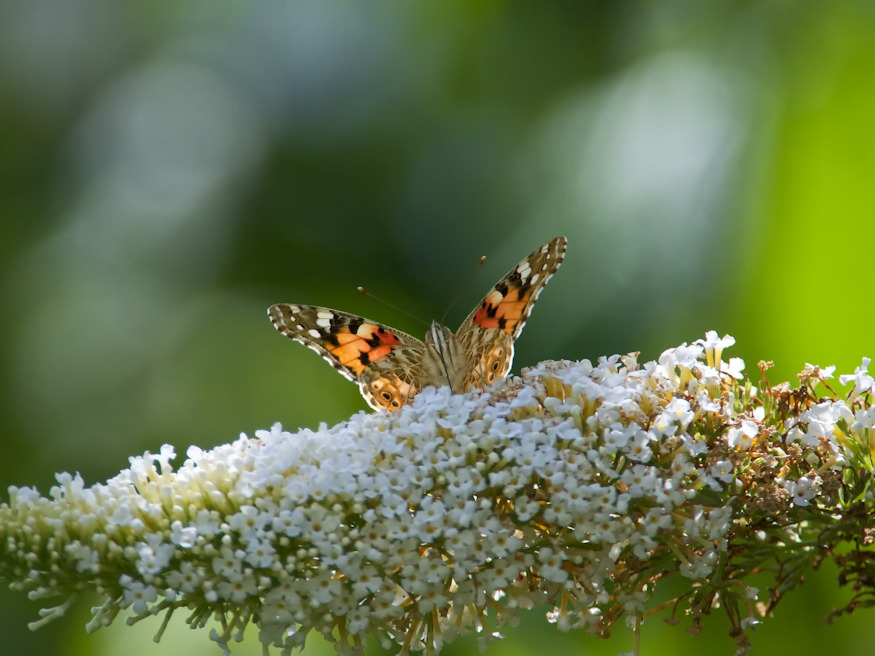
Butterfly Bush: A Nectar-Rich Haven for Butterflies
The butterfly bush (Buddleja davidii), true to its name, attracts a plethora of butterflies with its fragrant, cone-shaped blooms. This plant adds a touch of beauty to your garden while offering a nectar-rich oasis for these delicate creatures.

Dogwoods: Spring’s Gift to Bees
The early days of spring are greeted by the vibrant blooms of dogwoods (Cornus spp.), which generously provide bees with nectar and pollen. These delightful flowers offer an essential food source for pollinators, ensuring their well-being and contributing to the health of your garden ecosystem.


Rowan Varieties: May’s Floral Extravaganza
Most rowan species burst into bloom in May. The horticultural world offers a plethora of rowan varieties, some boasting large, low-acid fruits and intense autumn colors. Not only are rowans a feast for the eyes, but they are also a feast for local wildlife.


Hall Crabapple: Flowers, Fruits and More
Hall crabapple (Malus halliana) is a versatile addition to your garden. Its white flowers and small cherry-like fruits are just the beginning. This plant can also be grown as a beautiful flower hedge, providing visual appeal as well as sustenance for birds. The red apples it yields can be turned into delicious jam or left for the winter birds to enjoy.

Shadbush: A Fruitful Delight
Shadbush, or serviceberry (Amelanchier), with its delicious and tasty fruits, is a winner in any wildlife-friendly garden. Its profuse blooming in April captures the hearts of thrushes and titmice, and it offers bluish-black berries in late summer. As an added bonus, its leaves turn striking shades of yellow, orange and red in the autumn.
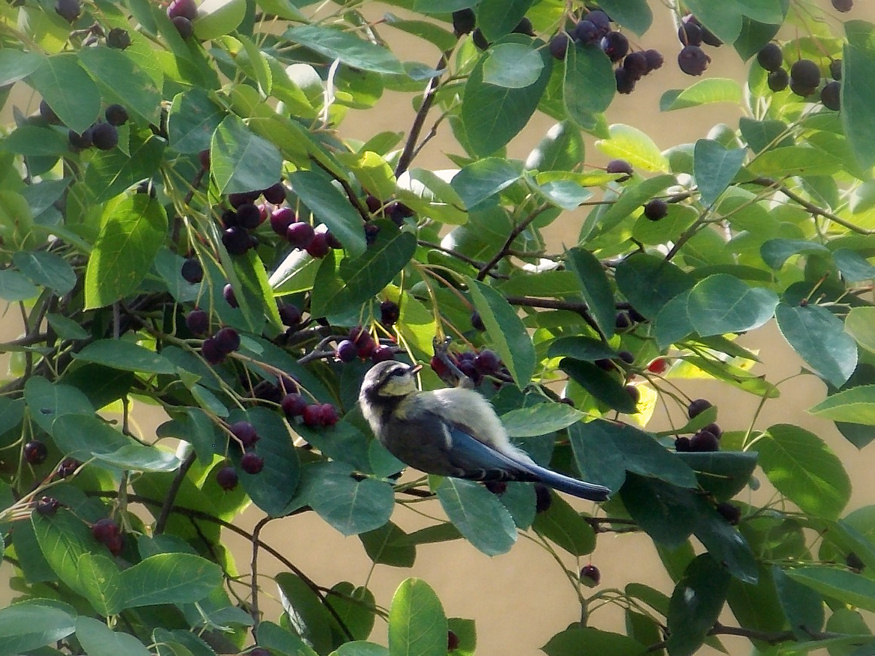
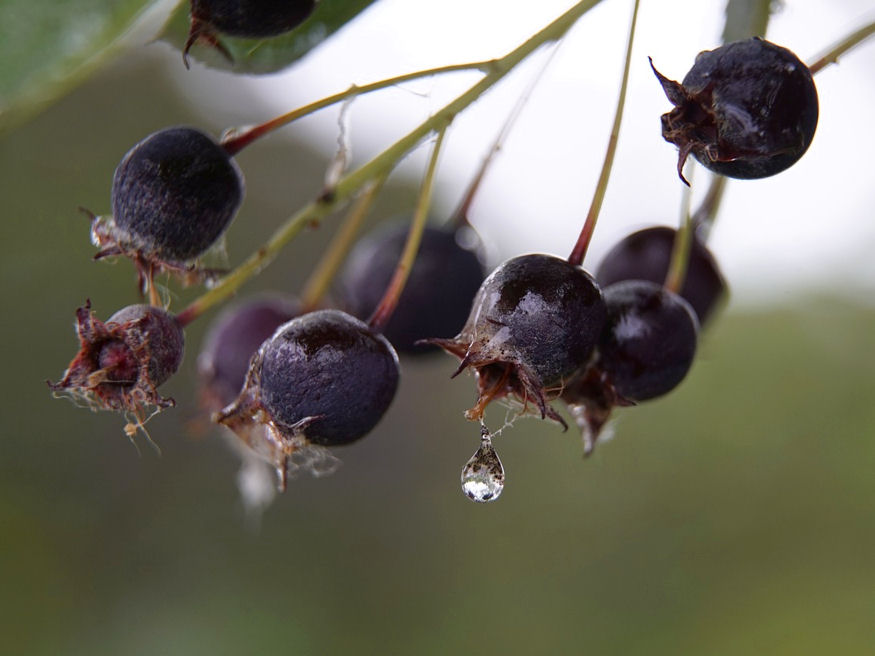
Sea Buckthorn: A Sandy Soil Saver
If your garden boasts sandy soil, consider planting sea buckthorn (Hippophae rhamnoides). Numerous cultivated varieties are available, each with its unique charm. The orange berries, rich in vitamin C, can hang on the plant until December, providing a vital food source for starlings during the winter months.
Elderberry: An All-Season Delight for Wildlife
Elderberries (Sambucus) are not only prized for their culinary uses but also for their value in wildlife gardens. The creamy clusters of tiny, fragrant flowers attract pollinators, and the dark berries provide sustenance for birds and other wildlife throughout the year.
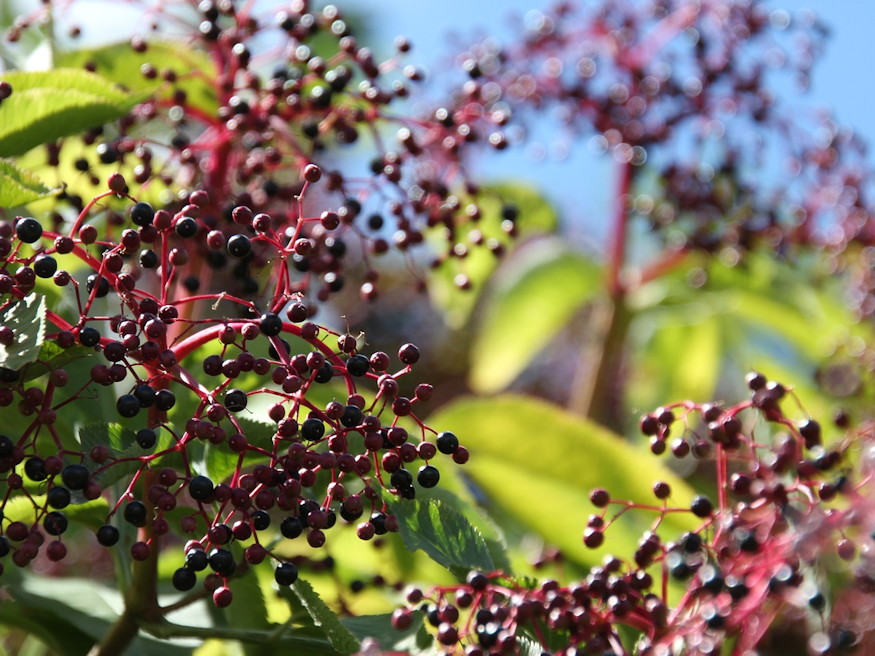
Seven-Son Flower: A Late Bloomer
Even as the gardening season winds down, you can continue to nourish pollinators with the fragrant seven-son flower (Heptacodium miconioides) from China. This remarkable plant blooms until November, offering a vital late-season food source for bees.

Creating a Garden Haven for Wildlife
Your garden can be a sanctuary for wildlife with the right selection of plants. By choosing woody flowering and fruit-bearing species that cater to the needs of various creatures, you contribute to a healthier, more diverse ecosystem right in your backyard. Enhance your garden’s charm and ecological impact by introducing these plant selections and watch as your outdoor space transforms into a thriving haven for nature.









